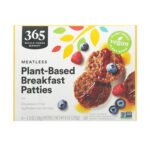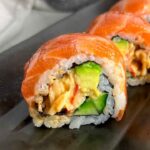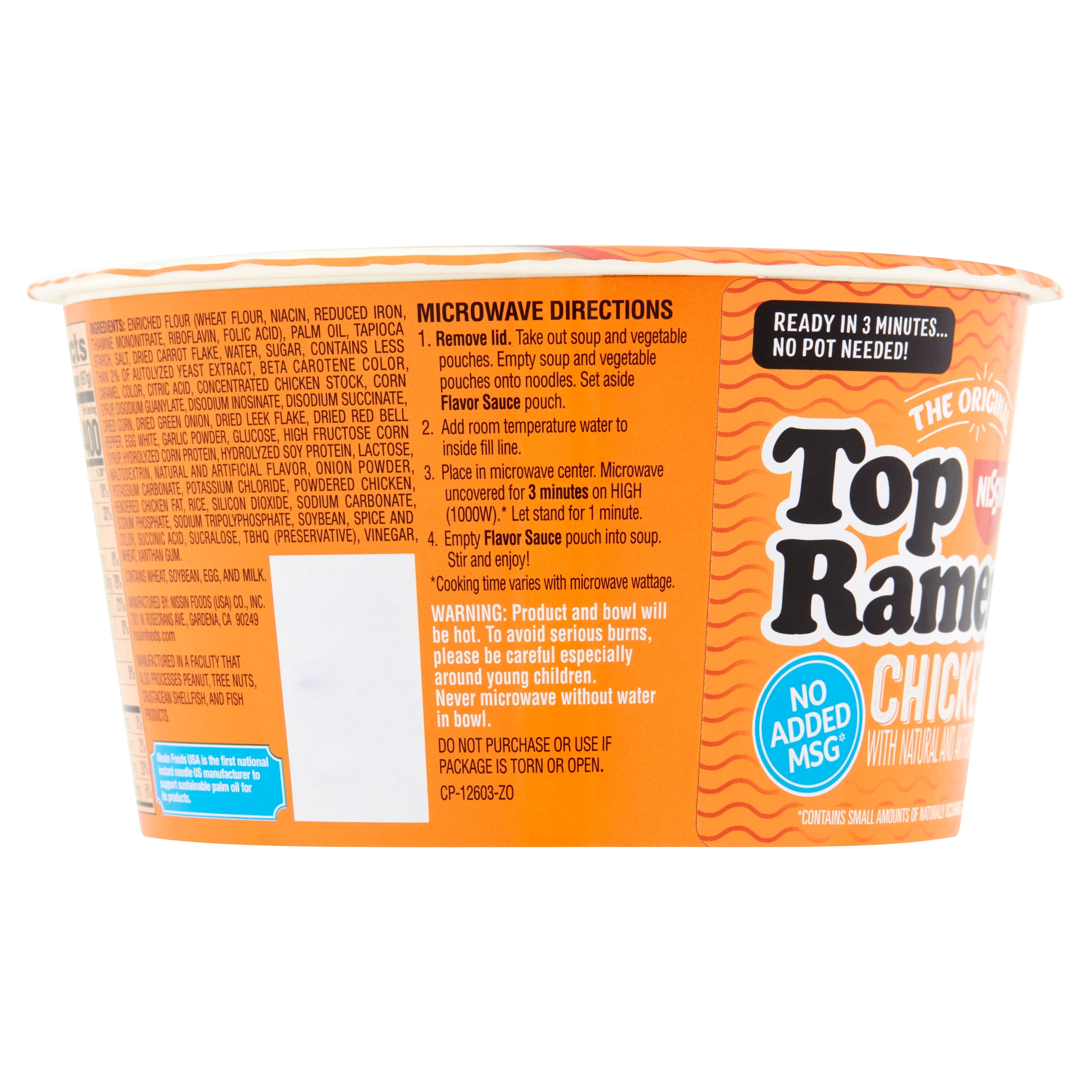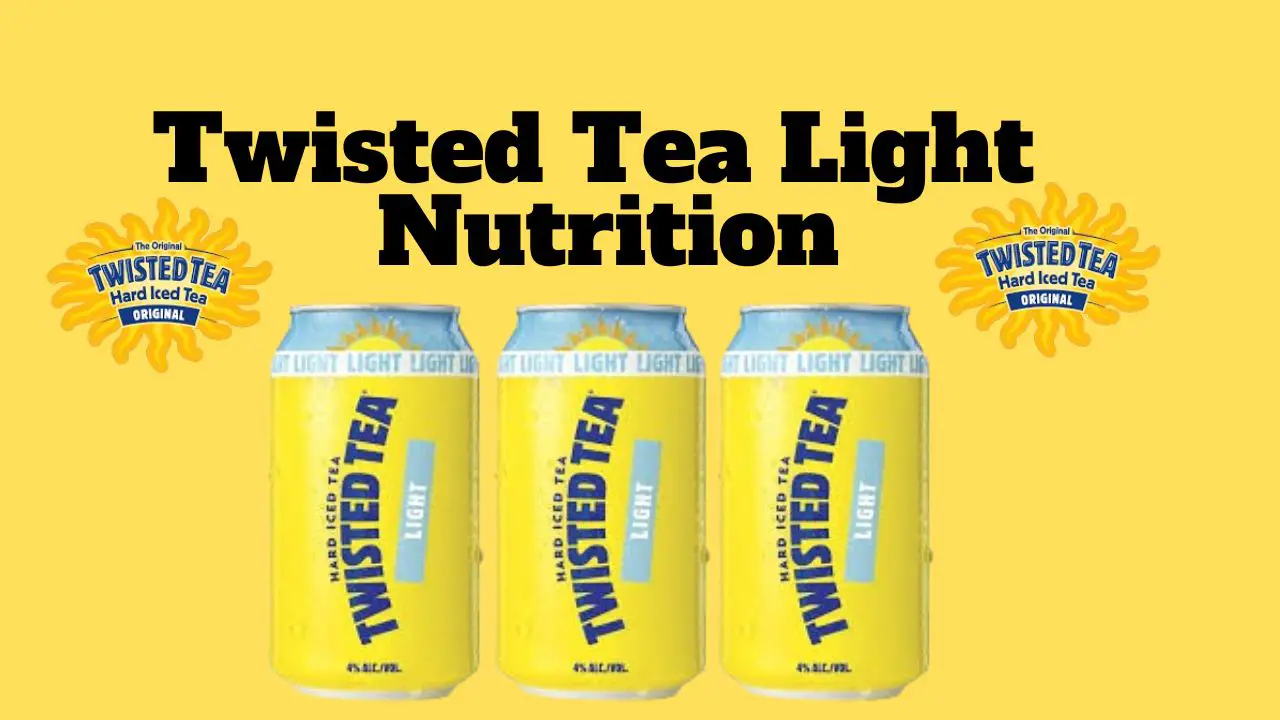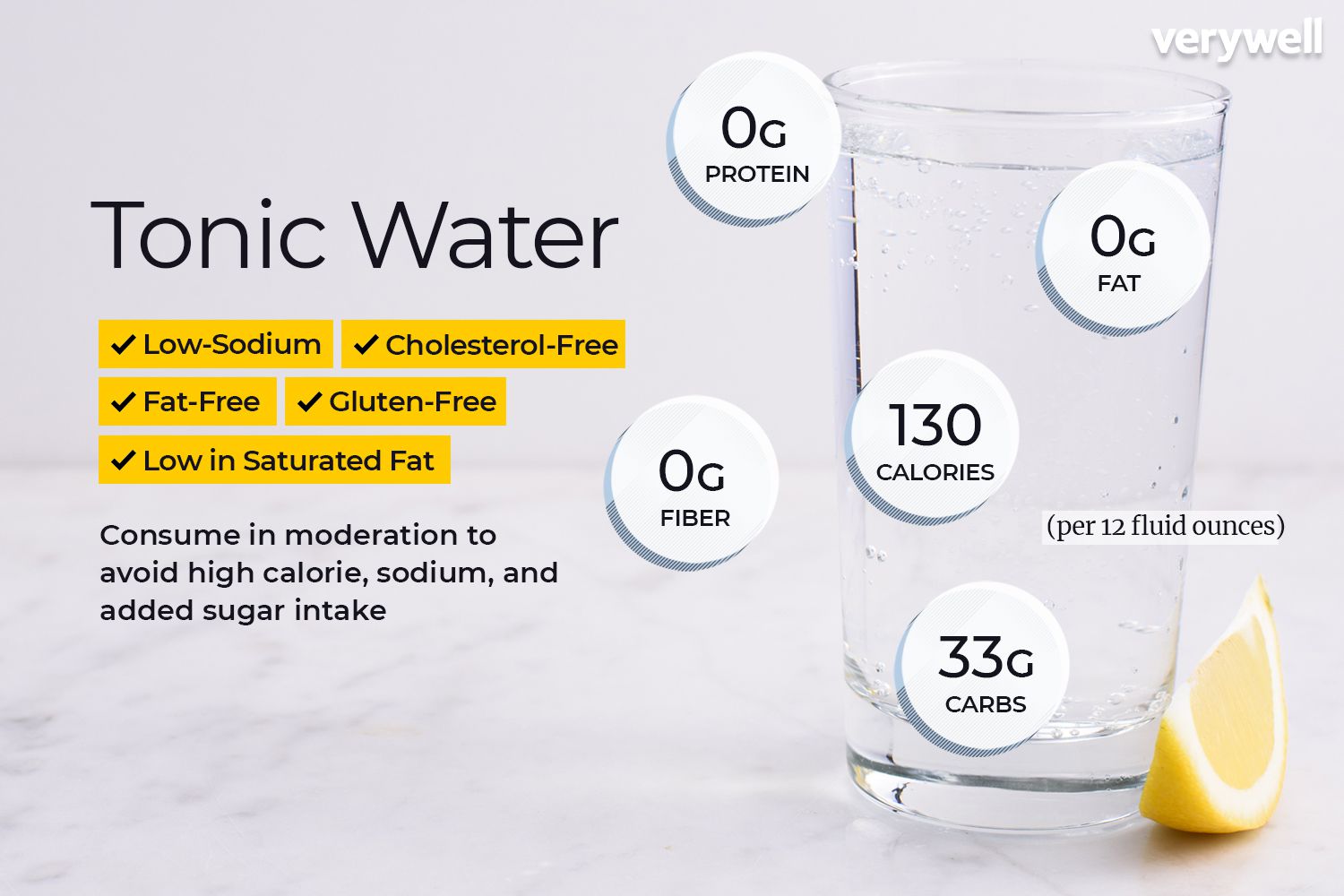Top Ramen nutrition facts: High in sodium, low in nutrients; a popular but not nutritious choice. Ramen may contribute to health issues if consumed regularly.
Despite its convenience and affordability, it’s essential to consider the nutritional value it offers. Let’s delve deeper into the nutritional aspects of Top Ramen to make informed decisions about incorporating it into our diets. This article will explore the ingredients and their impact, provide tips for making Ramen healthier, and discuss alternative options for a balanced diet.
By understanding the nutritional content of Top Ramen, we can make better choices for our overall well-being while still enjoying this quick and easy meal.
1. History Of Top Ramen
Top Ramen, a popular instant noodle brand, has a rich history that spans several decades. Let’s delve into the origins and evolution of this beloved comfort food.
1.1 Origins Of Top Ramen
In 1958, Momofuku Ando, a Japanese-Taiwanese inventor, created Top Ramen as the first instant noodle product. It revolutionized the food industry with its quick preparation and delicious taste.
1.2 Introduction Of Instant Ramen
Top Ramen introduced instant ramen to the world in 1971, providing a convenient and affordable meal option that quickly gained popularity worldwide. Its simplicity and versatility made it a staple in many households.
2. The Rise Of Instant Noodles
The nutritional content of Top Ramen provides a convenient meal option. With quick preparation and varied flavors, instant noodles appeal to many consumers seeking a fast and flavorful meal choice in today’s busy lifestyle.
2.1 Popularity Of Instant Noodles
Instant noodles became a quick go-to meal choice.
- Convenient for hurried lifestyles
- Availability in various flavors
2.2 Impact On Food Industry
Food industry adapted to meet demand.
- Increase in production
- Introduction of new noodle varieties
3. Understanding Top Ramen Nutrition Facts
3. Understanding Top Ramen Nutrition Facts
3.1 Key Nutrients in Top Ramen
Ramen is a popular instant noodle dish that is enjoyed by individuals all over the world. While it may be quick and convenient, it’s important to understand the nutrition facts of top ramen to make informed dietary choices. Let’s explore the key nutrients you need to be aware of:
| Nutrient | Amount per serving |
|---|---|
| Calories | 190 |
| Total Fat | 7g |
| Carbohydrates | 26g |
| Protein | 4g |
| Sodium | 875mg |
The key nutrients present in top ramen include calories, total fat, carbohydrates, protein, and sodium. Understanding the nutritional content is crucial for maintaining a balanced diet and ensuring you meet your daily nutrient requirements.
3.2 Challenges with Ramen Nutrition
While top ramen can provide a quick and satisfying meal, there are some challenges when it comes to its nutrition. Consider the following points:
- High sodium content: Top ramen generally contains a high amount of sodium, which can be detrimental to your health if consumed in excess. It is important to monitor your sodium intake and balance it with other low-sodium foods.
- Lack of essential nutrients: While top ramen provides some nutrients, it may lack essential vitamins, minerals, and fiber. It is recommended to supplement your diet with nutrient-rich foods to ensure you meet your daily requirements.
- Presence of additives: Many top ramen varieties contain additives such as monosodium glutamate (MSG) and preservatives. These additives may have negative effects on some individuals and can be avoided by choosing healthier alternatives.
- High in calories and fat: It’s worth noting that top ramen can be high in calories and fat, especially if additional oils or seasonings are added. Moderation is key when enjoying this instant noodle dish.
Understanding the challenges with ramen nutrition empowers you to make informed dietary choices. It’s important to prioritize a balanced and varied diet that includes other nutritious foods to ensure your overall well-being.

Credit: www.cub.com
4. Examining Top Ramen Ingredients
When it comes to understanding the nutritional content of Top Ramen, it’s essential to delve into its ingredients. By examining the makeup of the noodles, seasonings, and flavor enhancers, we can gain insights into the overall nutritional value of this popular instant noodle dish.
Noodle Ingredients
Top Ramen noodles consist primarily of enriched wheat flour, palm oil, salt, and potassium carbonate. The inclusion of enriched wheat flour fortifies the noodles with essential nutrients such as iron and B vitamins, offering some nutritional benefits amidst its convenience.
Seasoning Ingredients
The seasoning packet accompanying Top Ramen typically contains a blend of salt, monosodium glutamate (MSG), and various spices. While MSG has been the subject of controversy, it’s essential to acknowledge its presence in Top Ramen’s seasoning mix.
Flavor Enhancers
Additional flavor enhancers in Top Ramen may include dehydrated vegetables, hydrolyzed corn, and soy protein. These elements contribute to the distinct taste profile of Top Ramen, but it’s crucial to assess their nutritional implications.
5. Health Risks Associated With Top Ramen
5. Health Risks Associated with Top Ramen
5.1 High In Sodium
Consuming top ramen can lead to health issues due to its high sodium content. A single serving can contain nearly 1,660 mg of sodium, exceeding the recommended daily intake of sodium for adults. Excessive sodium consumption can lead to high blood pressure, heart disease, and other cardiovascular problems.
5.2 Lack Of Essential Nutrients
Top ramen lacks essential nutrients, such as fiber, protein, and healthy fats. Regular consumption of these instant noodles can contribute to nutrient deficiencies. Without a proper balance of nutrients, individuals may experience weakness, fatigue, and a weakened immune system.
“`

Credit: www.raleys.com
6. Tips For Making Healthier Ramen Choices
When it comes to instant ramen noodles, making healthier choices is important. While instant ramen is convenient and delicious, many varieties are packed with high sodium levels and lack essential nutrients. However, with a few simple tips, you can enjoy your favorite ramen while still maintaining a balanced diet. Here are six tips to help you make healthier ramen choices:
6.1 Choosing Low-sodium Varieties
To reduce your sodium intake, opt for low-sodium varieties of ramen noodles. These options are often labeled as “low-sodium” or “reduced-sodium” on the packaging. By choosing these alternatives, you can still satisfy your cravings without compromising your health. Comparing nutrition labels of different brands can help you make an informed decision.
| Brand | Sodium (mg) |
|---|---|
| Brand A | 400 |
| Brand B | 600 |
| Brand C | 200 |
6.2 Adding Nutrient-rich Toppings
Enhance the nutritional value of your ramen by adding nutrient-rich toppings. Instead of relying solely on the seasoning packets that come with the noodles, consider incorporating fresh vegetables, lean proteins, and healthy fats. These toppings not only add flavor but also provide essential vitamins, minerals, and antioxidants for a well-rounded meal.
- Steamed broccoli: Packed with vitamins A and C, as well as fiber.
- Sliced chicken breast: A lean source of protein.
- Hard-boiled egg: Rich in protein and nutrients like vitamin D and choline.
- Seaweed: Contains iodine, which is beneficial for thyroid health.
- Scallions: Provides antioxidants and a burst of freshness.
- Mushrooms: Adds a savory flavor and a boost of antioxidants.
By exploring different toppings, you can customize your ramen to suit your taste preferences and nutritional needs. Experimenting with flavors is not only enjoyable but also helps you create a balanced and satisfying meal.
7. Alternatives To Top Ramen
7. Alternatives to Top Ramen:
Looking for healthier options than Top Ramen? Try these alternatives:
7.1 Homemade Ramen Recipes
Creating your own homemade ramen allows you to control the ingredients and make a more nutritious choice.
7.2 Noodle Substitutes
Replace traditional ramen noodles with noodle substitutes for a healthier twist on this classic dish.

Credit: www.walmart.com
Frequently Asked Questions Of Top Ramen Nutrition Fact
What Are The Key Nutritional Facts Of Top Ramen?
Top Ramen is a good source of carbohydrates and protein. It also contains essential minerals such as iron, calcium, and potassium necessary for the body’s daily needs. However, it is important to moderate consumption due to high sodium content.
Can Top Ramen Be A Part Of A Balanced Diet?
While Top Ramen can be included as an occasional meal, it should not replace balanced meals comprising of a variety of nutrients. Consuming it in moderation, along with plenty of fruits, vegetables, and lean proteins, is essential for a balanced diet.
How Does Top Ramen Fit Into A Busy Lifestyle?
Top Ramen can be a convenient option for those with hectic schedules, providing a quick and easy meal solution. By adding some vegetables or lean protein, you can enhance its nutritional value, making it a suitable choice for busy days.
Conclusion
To sum up, understanding the nutrition facts of Top Ramen is essential for making informed dietary choices. By recognizing its high sodium and low nutritional value, individuals can moderate their consumption and explore healthier alternatives. Remember, a balanced and nutrient-rich diet is crucial for maintaining good health.
So, while indulging in Top Ramen occasionally may be okay, it’s important to prioritize overall nutritional well-being. Choose wisely and nourish your body!

